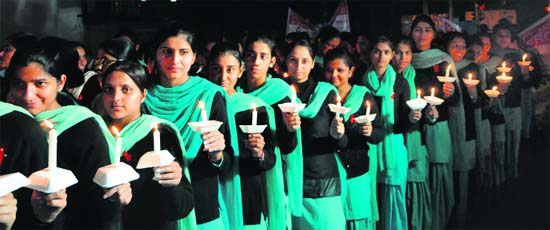


It is always imbued with some emotion, however ineffable and fleeting. She never can quite make the words come out as deadpan as probably required. Even when it is probably just awkward acting, it moves you. But more importantly, among all the actors or rather non-actors/models in the film, her face is the most mobile. It is a very finely etched characterisation. Along with the camera movement, it is the sound track, the effects track and also the unusual, riveting background music that contains and delineates the space-time axis of the film, at the centre of which is the young girl who, to me, is the chief protagonist of the film.ĭaughter, sister, little mother. So much so that a certain musicality gets transferred to the visuals and they seem to actually flow. The fade-ins in particular are exquisite, preparing you well in advance for a tractor, a train, a bus that is to appear shortly in frame. The sound design too does a great deal to hold the film together. Everything - the compositions, the colours, the yin-yang cohesion of light and shadow, you really cannot speak of one without the other - all of it makes this world so tangible and felt, something rare in formalist works. But, by and large, duration, though extended, does not hang in this film. Sometimes the camera movement seems strained - especially as it sets out to move from a near perfect static composition, and, in most cases, where the movement cue is from dialogue - and one is aware of a certain artificiality. Simply because time here is lived, personalised, experienced. Uski Roti and its conscious dilation of time gets healed with this film. A simple title at the beginning of the film reads: It is an NFDC production with Mani Kaul as Creative Producer. A film that has won critical acclaim both nationally and internationally (Best Director, Best Cinematography, Best Punjabi Film at the National Awards 2012 Special mention at Venice and Abu Dhabi besides a slew of other festivals).

This is the opening sequence of Gurvinder Singh’sĪnhey Ghorhey Da Daan (Alms for a Blind Horse). Then cuts 180° to a direct frontal and tracks forward. The man comes to an abrupt stop right in the middle of the road. Another neighbour passing by taps him on the shoulder and asks him to walk faster. A few shots later the man begins to walk, camera tracking him. The father sits sipping the tea when a neighbour passing by, calls out for him to join the village council. She does, lighting the earthen stove in the outer courtyard, waking up her brother and sending him out with the goats while the water comes to a boil. His wife importunes the daughter to get up and make the tea. A man wakes up in rural Punjab and asks for tea.


 0 kommentar(er)
0 kommentar(er)
